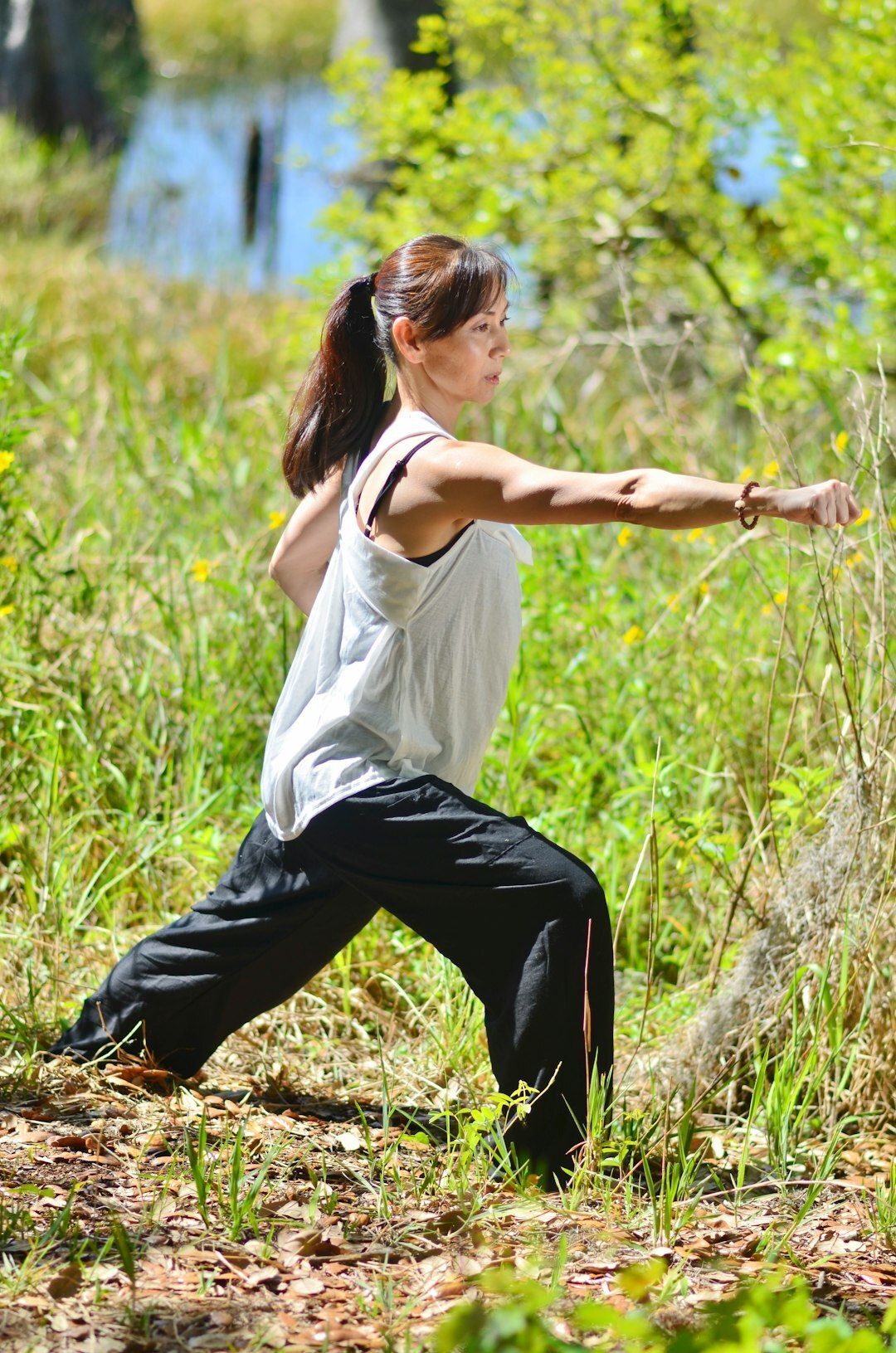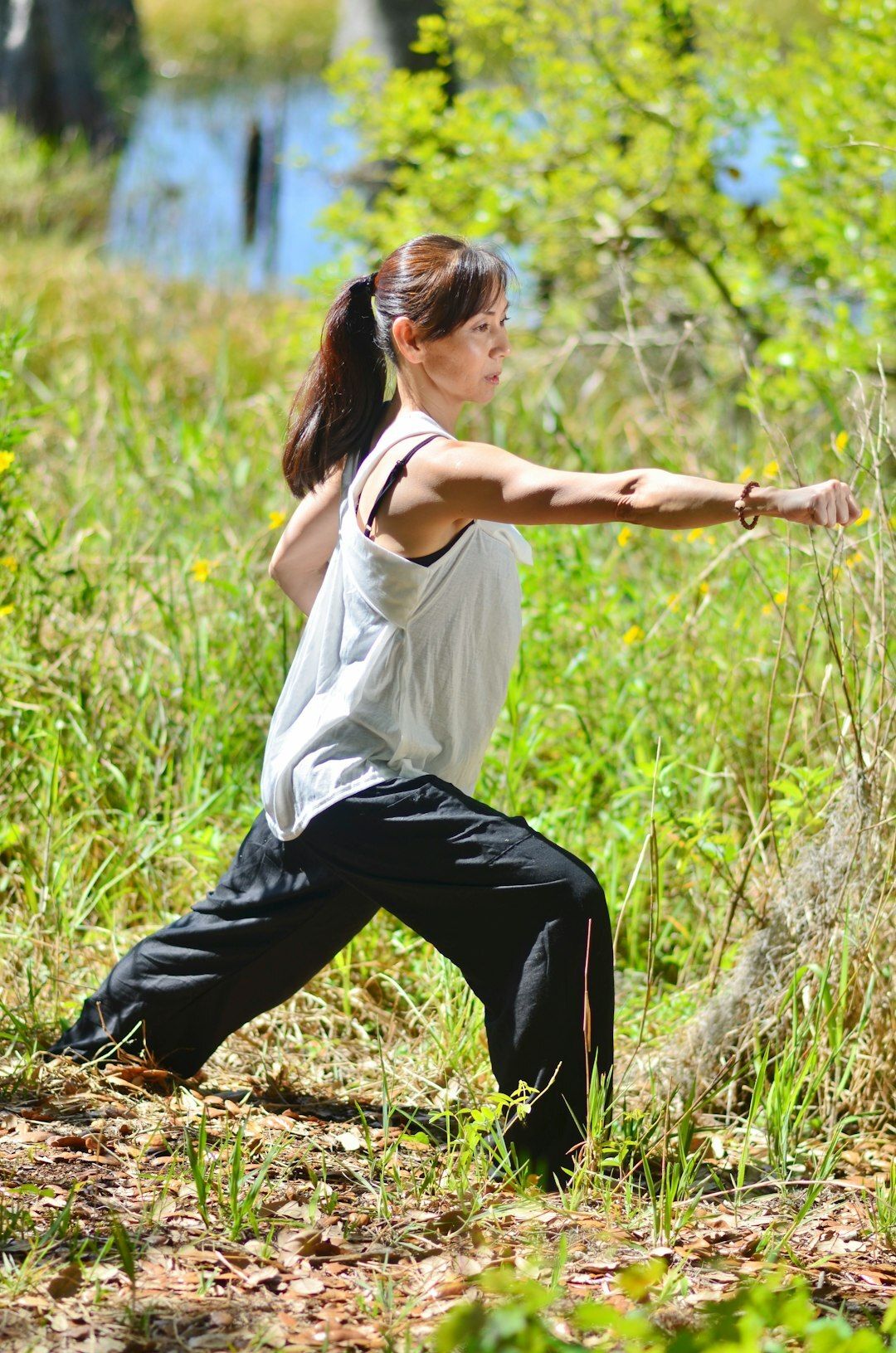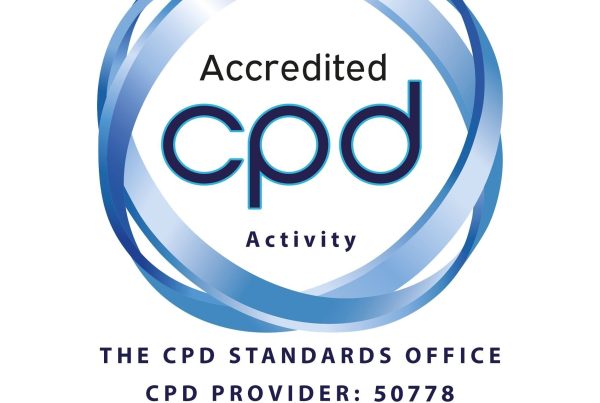This week’s newsletter explores the powerful link between how we move—especially leg strength and mobility—and brain health. From everyday tasks to mood and memory, the way we move can shape our mental well-being and cognitive resilience. We’ll share what research suggests, practical steps you can take, and tips for building routines that nurture both body and mind.
Why mobility and leg strength matter for brain health
-
The mobility–brain connection: Regular movement supports cardiovascular health, blood flow, and brain-derived neurotrophic factors (BDNF), all of which are linked to better memory, learning, and mood regulation.
-
Leg strength as a predictor: Strong leg muscles help with balance, walking speed, and independent living. Slower gait speed and reduced leg strength have been associated with higher risk of cognitive decline in some studies.
-
Dementia risk and physical activity: Engaging in regular physical activity, including resistance training and aerobic exercise, is consistently associated with reduced risk of cognitive decline and may slow progression in some individuals.
-
Mental health benefits: Movement releases endorphins and endocannabinoids, reduces stress hormones, and improves sleep and self-efficacy—all of which support mood and overall mental health.
How mobility supports mental health
-
Mood and anxiety: Regular movement boosts neurotransmitters like serotonin and dopamine, helping mood regulation. Even moderate activity (e.g., brisk walking 150 minutes/week) can reduce symptoms of anxiety and depression.
-
Sleep quality: Consistent physical activity improves sleep latency and efficiency, which in turn enhances daytime mood and cognitive function.
-
Stress resilience: Movement can lower resting cortisol and provide a healthy outlet for stress, reducing rumination and mental fatigue.
-
Cognitive engagement: Activities that require coordination, balance, and planning (e.g., dancing, tai chi, or functional workouts) provide cognitive challenges that may support executive function.
-
Independence and confidence: Maintaining mobility supports independence, reduces falls risk, and fosters social participation—factors closely tied to mental well-being.
What to do to improve mobility (with an emphasis on leg strength) A practical, progressive plan you can adapt:
-
Goals and assessment
-
Start with a simple baseline: can you stand on one leg for 10–15 seconds? How many chair squats can you do in 30 seconds? How many steps can you walk at a comfortable pace without stopping?
-
Set 2–3 realistic goals for the next 4–8 weeks (e.g., add 2 more stair climbs, increase single-leg balance time by 5–10 seconds, perform 2 extra sets of squats).
-
-
Leg-strengthening exercises (2–3 days per week, with at least one day of rest between lower-body sessions)
-
Squats or chair squats: 2–3 sets of 8–12 reps
-
Lunges or supported lunges: 2–3 sets of 8–12 reps per leg
-
Step-ups: 2–3 sets of 10–12 reps per leg
-
Calf raises: 2–3 sets of 12–15 reps
-
Hip bridges/glute bridges: 2–3 sets of 12–15 reps
-
If balance is a concern, perform these with support (holds onto a sturdy chair, rail, or wall) or start with assisted variations.
-
-
Mobility and balance work (2–4 days per week; can be combined with strength days)
-
Ankle and hip circles: 1–2 minutes total
-
Standing marches with knee lifts: 1–2 minutes
-
Single-leg stands: stand near a chair, progress from eyes-open to eyes-closed as comfortable, 3–4 sets of 10–30 seconds
-
Heel-to-toe walk: 2–3 sets of 20–30 feet
-
Dynamic stretches for calves, hamstrings, hip flexors after a brief warm-up
-
-
Aerobic activity (most days, or 150 minutes per week)
-
Brisk walking, cycling, swimming, or dancing
-
Break it into 10–15 minute bouts if needed
-
Consider interval approaches: 1–2 minutes of faster pace, followed by 2 minutes of easy pace
-
-
Functional and everyday activities
-
Take stairs when possible, park further away, do light housework with deliberate movements
-
Practice sit-to-stand transitions: 10–15 reps from a sturdy chair
-
-
Safety tips
-
Check with a clinician before starting if you have chronic conditions, recent injuries, or are new to exercise.
-
Use supportive footwear, clear walking surfaces, and consider a gait assessment if balance is a concern.
-
Start slowly and progress gradually to reduce injury risk.
-

How to support mental health while improving mobility
-
Build a routine
-
Schedule sessions like appointments. Consistency beats intensity for long-term adherence.
-
-
Social connection
-
Exercise with a friend, family member, or a local group. Social interaction enhances mood and can boost motivation.
-
-
Mindful movement
-
Combine breath awareness with movement (e.g., 4-count inhales, 4-count exhales during each exercise) to reduce stress and improve focus.
-
-
Sleep and nutrition
-
Prioritize sleep hygiene: consistent bedtime, limit caffeine late in the day, and create a wind-down routine.
-
Fuel movement with balanced meals that include lean proteins, whole grains, fruits/vegetables, and hydration.
-
-
Cognitive engagement
-
Add cognitive challenges to your movement: counting repetitions, alternating patterns, or short, simple decision-making tasks during warm-ups.
-
-
Mood monitoring
-
Keep a simple mood-and-energy log for 4–6 weeks to notice patterns and tailor your plan.
-
When to seek professional guidance
-
If you have a recent fall, chronic pain, or a diagnosed condition (e.g., osteoporosis, arthritis, Parkinson’s, dementia risk factors), consult a physical therapist, occupational therapist, or a certified trainer who has experience with older adults or cognitive concerns.
-
A professional can tailor a plan, ensure proper form, and monitor progress safely.
What this means for dementia risk and mental health
-
Regular, well-rounded movement that includes aerobic activity, strength training, and balance work is associated with better vascular health, metabolic regulation, and neurotrophic support—factors linked to healthier brain aging.
-
Mental health benefits are robust: improved mood, reduced anxiety, better sleep, and greater daily functioning can all arise from an active, supported mobility routine.
-
While movement is not a guaranteed shield against dementia, it is one of the most modifiable factors for cognitive health and quality of life.
Small, sustainable steps add up. The power to improve mobility—and with it, mood, resilience, and cognitive health—often starts with a single, consistent choice: move a little today, and build a routine you enjoy.
Disclaimer This newsletter is for educational purposes and does not substitute professional medical advice. If you have health concerns or a cognitive impairment, consult a healthcare professional for guidance tailored to you.
Booking a Mental Health Wellbeing Course with Sanitas Hub
Mental Health Consultancy in the Workplace
For further inquiries, company group training or mental health consultancy please do not hesitate to get in touch at info@sanitashub.co.uk






